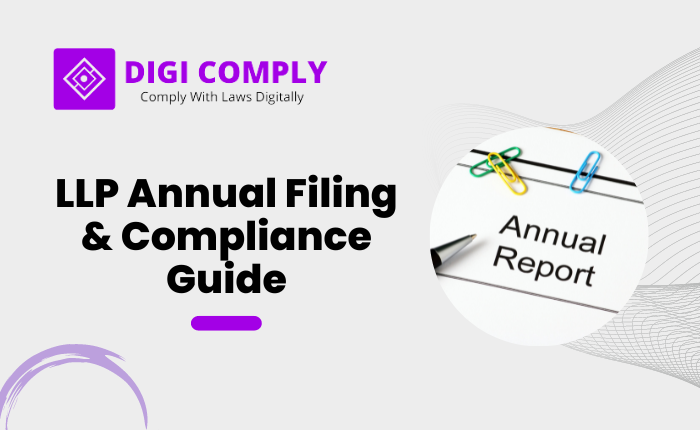
DIR-5 Form: DIN Surrender
In the intricate landscape of corporate governance, the Director Identification Number (DIN) plays a pivotal role as an identifier for individuals holding directorial or partner positions within Indian companies or […]

In the intricate landscape of corporate governance, the Director Identification Number (DIN) plays a pivotal role as an identifier for individuals holding directorial or partner positions within Indian companies or […]

Picking the perfect name for your company requires careful thought, considering do’s and don’ts. Your business name holds immense power, capable of shaping its success or downfall. The Ministry of […]

In this article, we’ll delve into the deadlines for submitting ROC forms according to the Companies Act and LLP Act in September, October, and November 2023. These three months are […]

In this blog, we will discuss the crucial matter of annual filing deadlines applicable to diverse corporate entities, including one-person companies, small and non-small companies, as well as public companies. […]

In the rapidly expanding business hub of the United Arab Emirates (UAE), regulatory compliance holds paramount importance for organizations. This comprehensive guide provides a detailed exploration of regulatory compliance in […]

In the vast and dynamic landscape of corporate structures, the Limited Liability Partnership (LLP) emerges as a highly advantageous and sought-after entity. One such crucial aspect is the regular filing […]

In order to maintain compliance and avoid penalties, Limited Liability Partnerships (LLPs) are required to consistently submit returns, despite having fewer obligations compared to Private Limited Companies. This comprehensive guide […]

Form DPT-3, referred to as the “Return of Deposits,” is an obligatory filing requirement that compels companies to provide crucial information regarding their deposits, outstanding loans, and non-deposit transactions. This […]